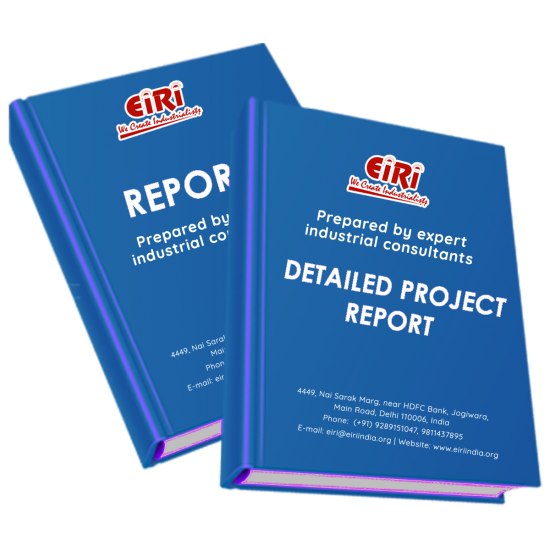Description
INTRODUCTION
HEAVY DUTY BRICKS
CLASSIFICATION:
GENERAL QUALITY:
DIMENSIONS AND TOLERANCES
BURNT CLAY BUILDING BRICKS
CLASSIFICATION
GENERAL QUALITY
DIMENSIONS AND TOLERANCES
1A MESUREMENT OF LENGTH
1B MEASUREMENT OF WIDTH
1C MEASUREMENT OF HEIGHT
FIG 1: MEASUREMENT OF TOLERANCES OF COMMON BUILDING BRICKS
PHYSICAL REQUIREMENTS
COMPRESSIVE STRENGTH:-
WATER ABSORPTION:-
EFFORSCENCE:-
USES AND APPLICATIONS
CURRENT POSITION OF INDIAN BRICKS AND BLOCK MARKET
INDIA BRICKS AND BLOCKS MARKET
BY MANUFACTURING PROCESS OF CLAY BRICK (ZIG-ZAG, FCBTK, OTHERS):
INDIAN BRICKS SECTOR
OVERVIEW OF COSTRUCTION SECTOR
1. HIGH BUDGETARY ALLOCATION FOR INFRASTRUCTURE
2. INCREASING PRIVATE SECTOR INVOLVEMENT
3. IMPROVEMENT IN LOGISTICS
4. RISING FOREIGN DIRECT INVESTMENT (FDI) IN THE SECTOR
ADVANTAGE INDIA
1. ROBUST DEMAND
2. ATTRACTIVE OPPORTUNITIES
3. POLICY SUPPORT
4. INCREASING INVESTMENT
PERFORMANCE OF EIGHT CORE INFRASTRUCTURE INDUSTRIES
GROWTH IN INFRASTRUCTURE RELATED ACTIVITIES
STRONG MOMENTUM IN EXPANSION OF ROADWAYS
STRONG REVENUE GROWTH FOR INDIAN RAILWAYS
POWER GENERATION CAPACITY HAS INCREASED AT A HEALTHY PACE
THE NATIONAL INFRASTRUCTURE PIPELINE (NIP)
GOVERNMENT INITIATIVES
CONCLUSION
HOUSE CONSTRUCTION USING LATERITE RED BRICKS
ADVANTAGE AND DISADVANTAGE OF LATERITE BRICKS
ADVANTAGES OF LATERITE BRICKS
DISADVANTAGES OF LATERITE BRICKS
ADVANTAGE AND DISADVANTAGE OF LATERITE LATERITE STONE BLOCKS
DISADVANTAGES:
PRESENT MANUFACTURERS
DEMAND AND SUPPLY OF LATERITE RED STONE
PROCESS DETAILS OF LATERITE RED STONE CUTTING
PROCESS FLOW DIEAGRAM OF TYPICAL STONE EXTRACTIONS UNIT
PROCESS FLOW OF BRICKS CUTTING
EXTRACTION OF LATERITE BRICKS
SUPPLIERS OF PLANT AND MACHINERY
TECHNICAL CONSULTANT FOR BRICK MAKING PLANT
APPENDIX – A:
01. PLANT ECONOMICS
02. LAND & BUILDING
03. PLANT AND MACHINERY
04. OTHER FIXED ASSESTS
05. FIXED CAPITAL
06. RAW MATERIAL
07. SALARY AND WAGES
08. UTILITIES AND OVERHEADS
09. TOTAL WORKING CAPITAL
10. TOTAL CAPITAL INVESTMENT
11. COST OF PRODUCTION
12. TURN OVER/ANNUM
13. BREAK EVEN POINT
14. RESOURCES FOR FINANCE
15. INSTALMENT PAYABLE IN 5 YEARS
16. DEPRECIATION CHART FOR 5 YEARS
17. PROFIT ANALYSIS FOR 5 YEARS
18. PROJECTED BALANCE SHEET FOR (5 YEARS)



